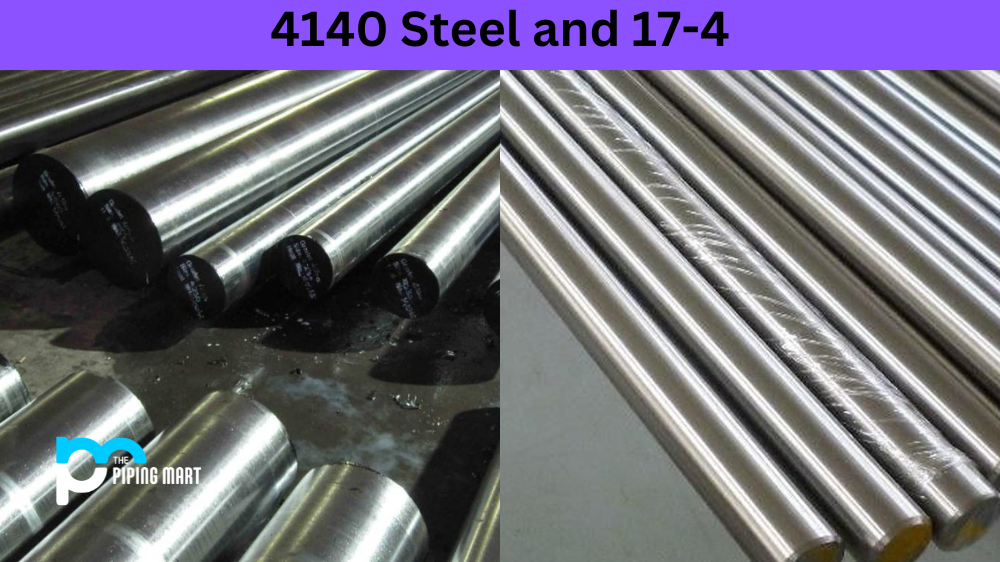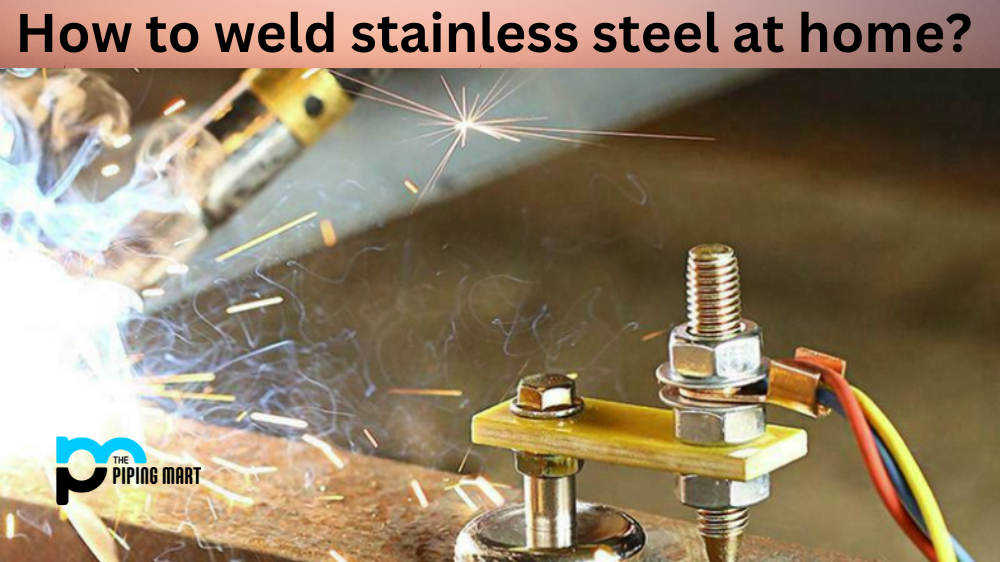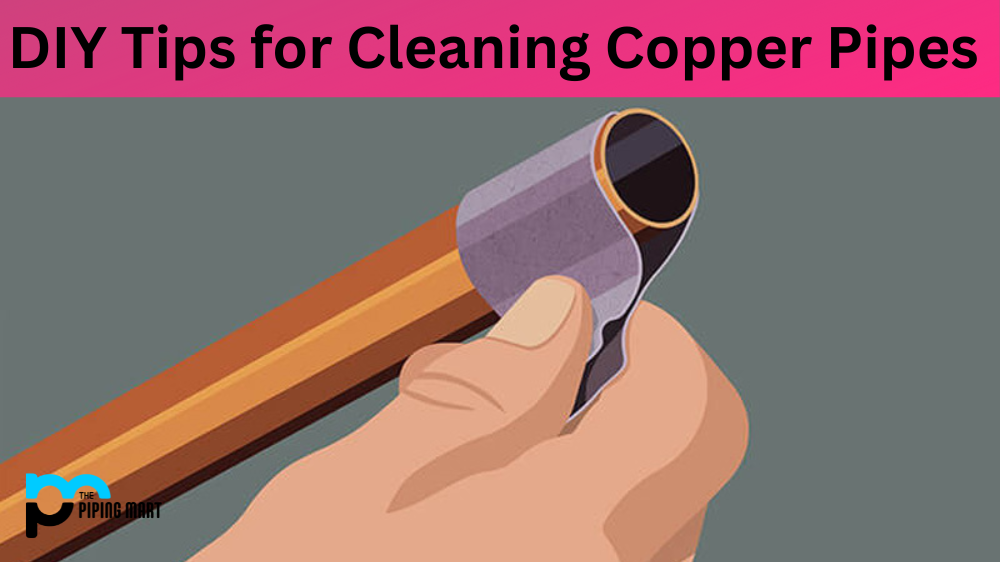Choosing the right steel for your project is crucial to ensuring its success. Two popular options often compared are 4140 steel and 17-4. Although they may seem similar at first glance, they have distinct differences that make them better suited for different applications. In this blog post, we’ll look at what sets these two steels apart so you can make an informed decision for your project.
Difference Between 4140 Steel and 17-4
Composition
4140 steel, also known as chromoly steel, is a low-alloy steel made of chromium, molybdenum, and carbon. At its core, 4140 is medium-carbon steel, which means it has a carbon content ranging between 0.38% to 0.43%. This gives it a good balance between strength and ductility. 17-4, on the other hand, is a chromium-nickel-copper precipitation-hardening stainless steel. The alloy comprises 17% Chromium, 4% Nickel, 4% Copper, and 0.3% Niobium. It is a stronger and more corrosion-resistant material when compared to 4140.
Properties
Both steels have different properties that make them suitable for different applications. 4140 is heat-treatable steel and can be treated to achieve high strength levels. It has a good combination of toughness, strength, and wear resistance. Additionally, it is often used in the aerospace, automotive and oil and gas industries due to its strength and toughness. Its strength and toughness have also won it a place in gun making.
17-4 boasts exceptional strength, toughness, and corrosion resistance. It is an ideal choice for applications where the part will face harsh conditions, such as high pressure, high temperature, and harsh chemical environments. This steel is quite hard after it has been heat-treated and can be polished and machined easily. It finds use in application areas that require critical performance, such as aircraft parts, chemical processing racks, nuclear waste casks and flanges.
Heat Treatment
4140 is a steel that responds incredibly well to heat treatment. It can be heat treated to a range of tempering levels to achieve different levels of hardness and toughness. An oil quench is the commonly used cooling method. Depending on the part’s requirements, it can be quenched, tempered, normalized, or annealed. 17-4, on the other hand, is precipitation-hardening stainless steel and requires ageing after heat treatment to yield the desired properties. This process is done at elevated temperatures, allowing the metal to precipitate out of the solution, making the steel stronger.
Cost
Although 4140 steel is cheaper than 17-4, some applications have better choices. Since 17-4 has better wear and corrosion resistance properties, it can result in a lower lifetime cost if applied in an application it suits. The performance capabilities and durability of 17-4 would lower replacement costs for parts when they eventually wear out or fail.
Conclusion
Choosing between 4140 steel and 17-4 comes down to understanding the specific needs of your project. If you require good strength and toughness, 4140 may be the better option. But if you need excellent corrosion resistance, wear resistance, and high strength, 17-4 may be the way to go. As the blog post has highlighted, each steel’s properties have specific benefits in machinability, surface finish, and desired use. Ultimately, the decision comes down to the priorities of the specific project.

A passionate metal industry expert and blogger. With over 5 years of experience in the field, Palak brings a wealth of knowledge and insight to her writing. Whether discussing the latest trends in the metal industry or sharing tips, she is dedicated to helping others succeed in the metal industry.




